Methylphenidate, sold under the trade names Ritalin among others, is a central nervous system (CNS) stimulant of the phenethylamine and piperidine classes that is used in the treatment of attention deficit hyperactivity disorder (ADHD) and narcolepsy. Methylphenidate has been studied and researched for over 50 years and has a very good efficacy and safety record for the treatment of ADHD. The original patent was owned by CIBA, now Novartis Corporation. It was first licensed by the U.S. Food and Drug Administration (FDA) in 1955 for treating what was then known as hyperactivity.
Medical use began in 1960, the drug has become increasingly prescribed since the 1990s, when the diagnosis of ADHD itself became more widely accepted. Between 2007 and 2012 methylphenidate prescriptions increased by 50% in Britain and in 2013 global methylphenidate consumption increased to 2.4 billion doses, a 66% increase compared to the year before. The US continues to account for more than 80% of global consumption.
ADHD and other similar conditions are believed to be linked to sub-performance of the dopamine and norepinephrine functions in the brain, primarily in the prefrontal cortex, responsible for executive function (e.g., reasoning, inhibiting behaviors, organizing, problem solving, planning, etc.). Methylphenidate's mechanism of action involves the inhibition of catecholamine reuptake, primarily as a dopamine reuptake inhibitor. Methylphenidate acts by blocking the dopamine transporter and norepinephrine transporter, leading to increased concentrations of dopamine and norepinephrine within the synaptic cleft. This effect in turn leads to increased neurotransmission of dopamine and norepinephrine. Methylphenidate is also a 5HT1A receptor agonist.

Uses
Medical
Methylphenidate is a commonly prescribed psychostimulant and works by increasing the activity of the central nervous system. It produces such effects as increasing or maintaining alertness, combating fatigue, and improving attention. The short-term benefits and cost effectiveness of methylphenidate are well established. Methylphenidate is not approved for children under six years of age. Methylphenidate may also be prescribed for off-label use in treatment-resistant cases of bipolar disorder and major depressive disorder.
Meta-analyses and systematic reviews of magnetic resonance imaging studies suggest that long-term treatment with ADHD stimulants (specifically, amphetamine and methylphenidate) decreases abnormalities in brain structure and function found in subjects with ADHD. Moreover, reviews of clinical stimulant research have established the safety and effectiveness of the long-term use of ADHD stimulants for individuals with ADHD. In particular, the continuous treatment effectiveness and safety of both amphetamine and methylphenidate have been demonstrated in controlled drug trials with durations of several years.
Attention deficit hyperactivity disorder
Methylphenidate is approved by the U.S. Food and Drug Administration (FDA) for the treatment of attention deficit hyperactivity disorder. The addition of behavioural modification therapy (e.g. cognitive behavioral therapy (CBT)) can have additional benefits on treatment outcome. The dosage used can vary quite significantly among individuals with some people responding to quite low doses, whereas others require a higher dose range; consequently, dosage should be titrated to an optimal level that achieves therapeutic benefit and minimal side-effects.
Current models of ADHD suggest that it is associated with functional impairments in some of the brain's neurotransmitter systems, particularly those involving dopamine and norepinephrine. Psychostimulants like methylphenidate and amphetamine may be effective in treating ADHD because they increase neurotransmitter activity in these systems. Approximately 70% of those who use these stimulants see improvements in ADHD symptoms. Children with ADHD who use stimulant medications generally have better relationships with peers and family members, generally perform better in school, are less distractible and impulsive, and have longer attention spans. People with ADHD have an increased risk of substance use disorders, and stimulant medications reduce this risk.
Narcolepsy
Narcolepsy, a chronic sleep disorder characterized by overwhelming daytime drowsiness and sudden need for sleep, is treated primarily with stimulants. Methylphenidate is considered effective in increasing wakefulness, vigilance, and performance. Methylphenidate improves measures of somnolence on standardized tests, such as the Multiple Sleep Latency Test, but performance does not improve to levels comparable to healthy controls.
Other
Methylphenidate may be used in addition to an antidepressant for refractory major depressive disorder. It can also improve depression in several groups including stroke, cancer, and HIV-positive patients. However, the use of stimulants such as methylphenidate in cases of treatment-resistant depression is controversial. Stimulants may have fewer side-effects than tricyclic antidepressants in the elderly and medically ill. In individuals with terminal cancer, methylphenidate can be used to counteract opioid-induced somnolence, to increase the analgesic effects of opioids, to treat depression, and to improve cognitive function.
Performance-enhancing
In 2015, a systematic review and a meta-analysis of high quality clinical trials found that therapeutic doses of amphetamine and methylphenidate result in modest yet unambiguous improvements in cognition, including working memory, episodic memory, and inhibitory control, in normal healthy adults; the cognition-enhancing effects of these drugs are known to occur through the indirect activation of both dopamine receptor D1 and adrenoceptor A2 in the prefrontal cortex. Methylphenidate and other ADHD stimulants also improve task saliency and increase arousal. Stimulants such as amphetamine and methylphenidate can improve performance on difficult and boring tasks, and are used by some students as a study and test-taking aid. Based upon studies of self-reported illicit stimulant use, performance-enhancing use, rather than use as a recreational drug, is the primary reason that students use stimulants. Excessive doses of methylphenidate, above the therapeutic range, can interfere with working memory and cognitive control. Like amphetamine and bupropion, methylphenidate increases stamina and endurance in humans primarily through reuptake inhibition of dopamine in the central nervous system. Similar to the loss of cognitive enhancement when using large amounts, large doses of methylphenidate can induce side effects that impair athletic performance, such as rhabdomyolysis and hyperthermia.
Ethics of use for performance enhancement
Methylphenidate is sometimes used by students to enhance their mental abilities, improving their concentration and helping them to study.
John Harris, an expert in bioethics, has said that it would be unethical to stop healthy people taking the drug. He pointed out the logical non sequitur which would result if people were to draw a parallel between the claims of a university that they could "set out deliberately to improve the mental capacities of its students; suppose its stated aims were to ensure that students left the university more intelligent and learned than when they arrived. Suppose they further claimed that not only could they achieve this but that their students would be more intelligent and mentally alert than any students in history." He then asked the rhetorical question of whether, "if the claims could be sustained, should we be pleased?" He argues that it would be "not rational" and against human enhancement to not use the drug to improve people's cognitive abilities.
Barbara Sahakian has argued that the use of Ritalin in this way may give students an unfair advantage in examinations and that as a result universities may want to discuss making students give urine samples to be tested for the drug.
Medicine Adhd Video
Contraindications
Methylphenidate is contraindicated for individuals using monoamine oxidase inhibitors (e.g., phenelzine and tranylcypromine), or individuals with agitation, tics, or glaucoma, or a hypersensitivity to any ingredients contained in methylphenidate pharmaceuticals.
The U.S. FDA gives methylphenidate a pregnancy category of C, and women are advised to only use the drug if the benefits outweigh the potential risks. Not enough animal and human studies have been conducted to conclusively demonstrate an effect of methylphenidate on fetal development. In 2007, empirical literature included 63 cases of prenatal exposure to methylphenidate across three empirical studies.

Adverse effects
Methylphenidate is generally well tolerated. The most commonly observed adverse effects with a frequency greater than placebo include appetite loss, dry mouth, anxiety/nervousness, nausea, and insomnia. Gastrointestinal adverse effects may include abdominal pain and weight loss. Nervous system adverse effects may include akathisia (agitation/restlessness), irritability, dyskinesia (tics), lethargy (drowsiness/fatigue), and dizziness. Cardiac adverse effects may include palpitations, changes in blood pressure and heart rate (typically mild), and tachycardia (rapid resting heart rate). Ophthalmologic adverse effects may include blurred vision and dry eyes, with less frequent reports of diplopia and mydriasis. Other adverse effects may include depression, emotional lability, confusion, and bruxism. Hyperhidrosis (increased sweating) is common. Chest pain is rarely observed.
There is some evidence of mild reductions in growth rate with prolonged treatment in children, but no causal relationship has been established and reductions do not appear to persist long-term. Hypersensitivity (including skin rash, urticaria, and fever) is sometimes reported. The Daytrana patch has a much higher rate of dermal reactions than oral methylphenidate.
Methylphenidate can worsen psychosis in psychotic patients, and in very rare cases it has been associated with the emergence of new psychotic symptoms. It should be used with extreme caution in patients with bipolar disorder due to the potential induction of mania or hypomania. There have been very rare reports of suicidal ideation, but evidence does not support a link. Logorrhea is occasionally reported. Libido disorders, disorientation, and hallucinations are very rarely reported. Priapism is a very rare adverse event that can be potentially serious.
USFDA-commissioned studies from 2011 indicate that in children, young adults, and adults there is no association between serious adverse cardiovascular events (sudden death, heart attack, and stroke) and the medical use of methylphenidate or other ADHD stimulants.
Because some adverse effects may only emerge during chronic use of methylphenidate, a constant watch for adverse effects is recommended.

Overdose
The symptoms of a moderate acute overdose on methylphenidate primarily arise from central nervous system overstimulation; these symptoms include: vomiting, agitation, tremors, hyperreflexia, muscle twitching, euphoria, confusion, hallucinations, delirium, hyperthermia, sweating, flushing, headache, tachycardia, heart palpitations, cardiac arrhythmias, hypertension, mydriasis, and dryness of mucous membranes. A severe overdose may involve symptoms such as hyperpyrexia, sympathomimetic toxidrome, convulsions, paranoia, stereotypy (a repetitive movement disorder), rapid muscle breakdown, coma, and circulatory collapse. A methylphenidate overdose is rarely fatal with appropriate care. Severe toxic reactions involving abscess and necrosis have been reported following injection of methylphenidate tablets into an artery.
Treatment of a methylphenidate overdose typically involves the application of benzodiazepines, with antipsychotics, ?-adrenoceptor agonists, and propofol serving as second-line therapies.
Addiction and dependence
Pharmacological texts describe methylphenidate as a stimulant with effects, addiction liability, and dependence liability similar to the amphetamine, a compound with moderate liability among addictive drugs; accordingly, addiction and psychological dependence are possible and likely when methylphenidate is used at high doses as a recreational drug. When used above the medical dose range, stimulants are associated with the development of stimulant psychosis. As with all addictive drugs, the overexpression of ?FosB in D1-type medium spiny neurons in the nucleus accumbens is implicated in methylphenidate addiction.
Methylphenidate has shown some benefits as a replacement therapy for individuals who are addicted to and dependent upon methamphetamine. Methylphenidate and amphetamine have been investigated as a chemical replacement for the treatment of cocaine addiction in the same way that methadone is used as a replacement drug for physical dependence upon heroin. Its effectiveness in treatment of cocaine or psychostimulant addiction or psychological dependence has not been proven and further research is needed.
Biomolecular mechanisms
Methylphenidate has the potential to induce euphoria due to its pharmacodynamic effect (i.e., dopamine reuptake inhibition) in the brain's reward system. At therapeutic doses, ADHD stimulants do not sufficiently activate the reward system, or the reward pathway in particular, to induce persistent ?FosB gene expression in the D1-type medium spiny neurons of the nucleus accumbens; consequently, when used medically and as directed, methylphenidate use has no capacity to cause an addiction. However, when methylphenidate is used at sufficiently high recreational doses through a bioavailable route of administration (e.g., insufflation or intravenous administration), particularly for use of the drug as a euphoriant, ?FosB accumulates in the nucleus accumbens. Hence, like any other addictive drug, regular recreational use of methylphenidate at high doses eventually gives rise to ?FosB overexpression in D1-type neurons which subsequently triggers a series of gene transcription-mediated signaling cascades that induce an addiction.

Interactions
Methylphenidate may inhibit the metabolism of coumarin anticoagulants, certain anticonvulsants, and some antidepressants (tricyclic antidepressants and selective serotonin reuptake inhibitors). Concomitant administration may require dose adjustments, possibly assisted by monitoring of plasma drug concentrations. There are several case reports of methylphenidate inducing serotonin syndrome with concomitant administration of antidepressants.
When methylphenidate is coingested with ethanol, a metabolite called ethylphenidate is formed via hepatic transesterification, not unlike the hepatic formation of cocaethylene from cocaine and alcohol. The reduced potency of ethylyphenidate and its minor formation means it does not contribute to the pharmacological profile at therapeutic doses and even in overdose cases ethylphenidate concentrations remain negligible.
Coingestion of alcohol (ethanol) also increases the blood plasma levels of d-methylphenidate by up to 40%.
Liver toxicity from methylphenidate is extremely rare, but limited evidence suggests that intake of ?-adrenergic agonists with methylphenidate may increase the risk of liver toxicity.

Pharmacology
Pharmacodynamics
Methylphenidate primarily acts as a dopamine-norepinephrine reuptake inhibitor (NDRI). It is a benzylpiperidine and phenethylamine derivative which also shares part of its basic structure with catecholamines.
Methylphenidate is most active at modulating levels of dopamine and to a lesser extent norepinephrine. Methylphenidate binds to and blocks dopamine transporters and norepinephrine transporters.
While both amphetamine and methylphenidate are dopaminergic drugs, it should be noted that their methods of action are distinct. Specifically, methylphenidate is a dopamine reuptake inhibitor while amphetamine is both a releasing agent and reuptake inhibitor of dopamine and norepinephrine. Each of these drugs has a corresponding effect on norepinephrine which is weaker than its effect on dopamine. Methylphenidate's mechanism of action in the release of dopamine and norepinephrine is fundamentally different from most other phenethylamine derivatives, as methylphenidate is thought to increase general firing rate, whereas amphetamine reduces firing rate and reverses the flow of the monoamines via TAAR1 activation.
Methylphenidate has both dopamine transporter and norepinephrine transporter binding affinity, with the dextromethylphenidate enantiomers displaying a prominent affinity for the norepinephrine transporter. Both the dextrorotary and levorotary enantiomers displayed receptor affinity for the serotonergic 5HT1A and 5HT2B subtypes, though direct binding to the serotonin transporter was not observed. A later study confirmed the d-threo- enantiomer binding to the 5HT1A receptor, but no significant activity on the 5HT2B receptor was found.
Methylphenidate may protect neurons from the neurotoxic effects of Parkinson's disease and methamphetamine abuse.
The dextrorotary enantiomers are significantly more potent than the levorotary enantiomers, and some medications therefore only contain dexmethylphenidate.
Methylphenidate has been identified as a sigma-1 receptor agonist.
Pharmacokinetics
Methylphenidate taken orally has a bioavailability of 11-52% with a duration of peak action around 2-4 hours for instant release (i.e. Ritalin), 3-8 hours for sustained release (i.e. Ritalin SR), and 8-12 hours for extended release (i.e. Concerta). The half-life of methylphenidate is 2-3 hours, depending on the individual. The peak plasma time is achieved at about 2 hours.
d-Methylphenidate is much more bioavailable than l-methylphenidate when administered orally, and is primarily responsible for the psychoactivity of racemic methylphenidate.
Contrary to the expectation, taking methylphenidate with a meal speeds absorption.

Physical and chemical properties
Four isomers of methylphenidate are possible, since the molecule has two chiral centers. One pair of threo isomers and one pair of erythro are distinguished, from which only d-threo-methylphenidate exhibits the pharmacologically usually desired effects. When the drug was first introduced it was sold as a 3:1 mixture of erythro:threo diastereomers. The erythro diastereomers are also pressor amines. "TMP" is referring only to the threo product that does not contain any erythro diastereomers. Since the threo isomers are energetically favored, it is easy to epimerize out any of the undesired erythro isomers. The drug that contains only dextrorotary methylphenidate is called d-TMP. A review on the synthesis of enantiomerically pure (2R,2'R)-(+)-threo-methylphenidate hydrochloride has been published.
Detection in biological fluids
The concentration of methylphenidate or ritalinic acid, its major metabolite, may be quantified in plasma, serum or whole blood in order to monitor compliance in those receiving the drug therapeutically, to confirm the diagnosis in potential poisoning victims or to assist in the forensic investigation in a case of fatal overdosage.

History, society, and culture
Methylphenidate was first synthesized in 1944, and was identified as a stimulant in 1954.
Methylphenidate was synthesized by Ciba (now Novartis) chemist Leandro Panizzon. His wife, Marguerite, had low blood pressure and would take the drug as a stimulant before playing tennis. He named the substance Ritaline, after his wife's nickname, Rita.
Originally it was marketed as a mixture of two racemates, 80% (±)-erythro and 20% (±)-threo. Subsequent studies of the racemates showed that the central stimulant activity is associated with the threo racemate and were focused on the separation and interconversion of the erythro isomer into the more active threo isomer.
Methylphenidate was first used to allay barbiturate-induced coma, narcolepsy and depression. It was later used to treat memory deficits in the elderly. Beginning in the 1960s, it was used to treat children with ADHD or ADD, known at the time as hyperactivity or minimal brain dysfunction (MBD) based on earlier work starting with the studies by American psychiatrist Charles Bradley on the use of psychostimulant drugs, such as benzedrine, with then called "maladjusted children". Production and prescription of methylphenidate rose significantly in the 1990s, especially in the United States, as the ADHD diagnosis came to be better understood and more generally accepted within the medical and mental health communities.
In 2000 ALZA Corporation received U.S. Food and Drug Administration (FDA) approval to market "Concerta", an extended-release form of methylphenidate. See the "Extended-release" section of this article, below, for more information about Concerta.
Legal status
- Internationally, methylphenidate is a Schedule II drug under the Convention on Psychotropic Substances.
- In the United States, methylphenidate is classified as a Schedule II controlled substance, the designation used for substances that have a recognized medical value but present a high potential for abuse.
- In the United Kingdom, methylphenidate is a controlled 'Class B' substance. Possession without prescription carries with a sentence up to 5 years and/or an unlimited fine, and supplying it is 14 years and/or an unlimited fine.
- In Canada, methylphenidate is listed in Schedule III of the Controlled Drugs and Substances Act (along with LSD, psychedelic mushrooms, and mescaline, among others), and is illegal to possess without a prescription, pursuant to Part G (section G.01.002) of the Food and Drug Regulations under the Food and Drugs Act.
- In New Zealand, methylphenidate is a 'class B2 controlled substance'. Unlawful possession is punishable by six-month prison sentence and distribution of it is punishable by a 14-year sentence.
- In Australia, methylphenidate is a 'Schedule 8' controlled substance. Such drugs must be kept in a lockable safe before being handed out and possession without prescription carries hefty fines and even imprisonment.
- In Sweden, methylphenidate is a List II controlled substance with recognized medical value. Possession without a prescription is punishable by up to three years in prison.
- In France, methylphenidate is covered by the "narcotics" schedule, prescription and distribution conditions are restricted with hospital-only prescription for the initial treatment and yearly consultations.
Pharmaceutical products
Names
Methylphenidate is produced in the United States, Mexico, Spain, Sweden, Pakistan, and India. Ritalin is also sold in Canada, Australia, the United Kingdom, Spain, Germany and other European countries (although in much lower volumes than in the United States). Other brands include Concerta, Methylin, and Daytrana, and generic forms, including Methylin, Metadate, Phenida and Attenta are produced by numerous pharmaceutical companies throughout the world. In Belgium the product is sold under the name Rilatine and in Brazil, Portugal and Argentina as Ritalina. In Thailand, it is found under the name Hynidate. In India, it is found under the names Addwize and Inspiral SR.
The dextrorotary enantiomer of methylphenidate, known as dexmethylphenidate, is sold as a generic and under the brand names Focalin and Attenade.
Brand names include Concerta, Methylin, Medikinet, Ritalin, Equasym XL, Quillivant XR, Metadate.
Available forms
Methylphenidate is available in numerous forms, a doctor will prescribe the appropriate method based on patient feedback and product availability. Current available forms are tablet, capsule, adhesive-based matrix transdermal system (patch), and oral suspension (liquid syrup).
Immediate-release
A formulation by the Novartis trademark name Ritalin, is an immediate-release racemic mixture, although a variety of formulations and generic brand names exist. Generic brand names include Ritalina, Rilatine, Attenta, Medikinet, Metadate, Methylin, Penid, Tranquilyn and Rubifen.
Extended-release
Extended-release methylphenidate products include:
Some other branded extended-release medications include Equasym XL, Medikinet XL, Biphentin, and Rubifen SR.
Concerta tablets are marked with the letters "ALZA" and followed by: "18", "27", "36", or "54", relating to the mg dosage strength. Approximately 22% of the dose is immediate release, and the remaining 78% of the dose is released over 10-12 hours post ingestion, with an initial increase over the first 6 to 7 hours, and subsequent decline in released drug.
Ritalin LA capsules are marked with the letters "NVR" (abbrev.: Novartis) and followed by: "R20", "R30", or "R40", depending on the (mg) dosage strength. Both Ritalin LA and Equasym XL provide two standard doses - half the total dose being released immediately and the other half released four hours later. In total, each capsule is effective for about eight hours.
Metadate CD capsules contain two types of beads; 30% of the beads are immediate release, and the other 70% of the beads are evenly sustained release.
Quillivant XR (brand name) is an extended-release oral suspension (after reconstitution with water): 25 mg per 5 mL (5 mg per mL). It was designed and is patented and made by Pfizer. The medication comes in various sizes from 60ml to 180ml (after reconstitution). Each bottle is shipped with the medication in powder form containing roughly 20% instant-release and 80% extended-release methylphenidate, to which water must be added by the pharmacist in an amount corresponding with the total intended volume of the bottle. The bottle must be shaken vigorously for ten seconds prior to administration via included oral syringe to ensure proper ratio.
Controversy
Methylphenidate has been the subject of controversy in relation to its use in the treatment of ADHD. One such criticism is prescribing psychostimulants medication to children to reduce ADHD symptoms. The contention that methylphenidate acts as a gateway drug has been discredited by multiple sources, according to which abuse is statistically very low and "stimulant therapy in childhood does not increase the risk for subsequent drug and alcohol abuse disorders later in life". A study found that ADHD medication was not associated with increased risk of cigarette use, and in fact stimulant treatments such as Ritalin seemed to lower this risk.
Treatment of ADHD by way of methylphenidate has led to legal actions including malpractice suits regarding informed consent, inadequate information on side effects, misdiagnosis, and coercive use of medications by school systems. In the U.S. and the United Kingdom, it is approved for use in children and adolescents. In the U.S., the Food and Drug Administration approved the use of methylphenidate in 2008 for use in treating adult ADHD. In the United Kingdom, while not licensed for use in Adult ADHD, NICE guidelines suggest it be prescribed off-license for the condition. Methylphenidate has been approved for adult use in the treatment of narcolepsy.
Are You Looking for Products
Here some products related to "Methylphenidate".
Hyperactive: The Controve..
Solaray Focus for Childre..
Staying Focused In A Hype..
The Action Plan For Child..
Get these at Amazon.com* amzn.to is official short URL for Amazon.com, provided by Bitly
Source of the article : here
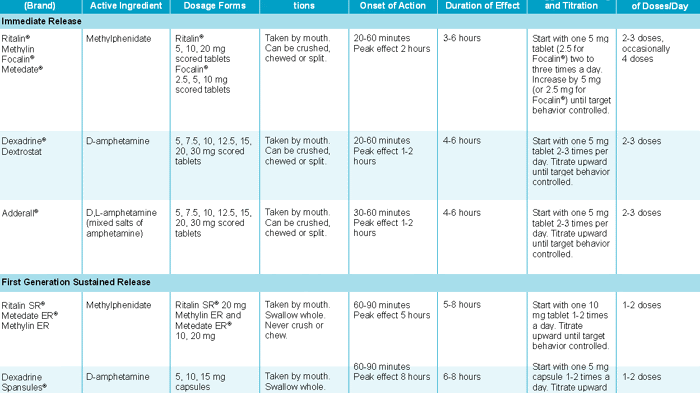

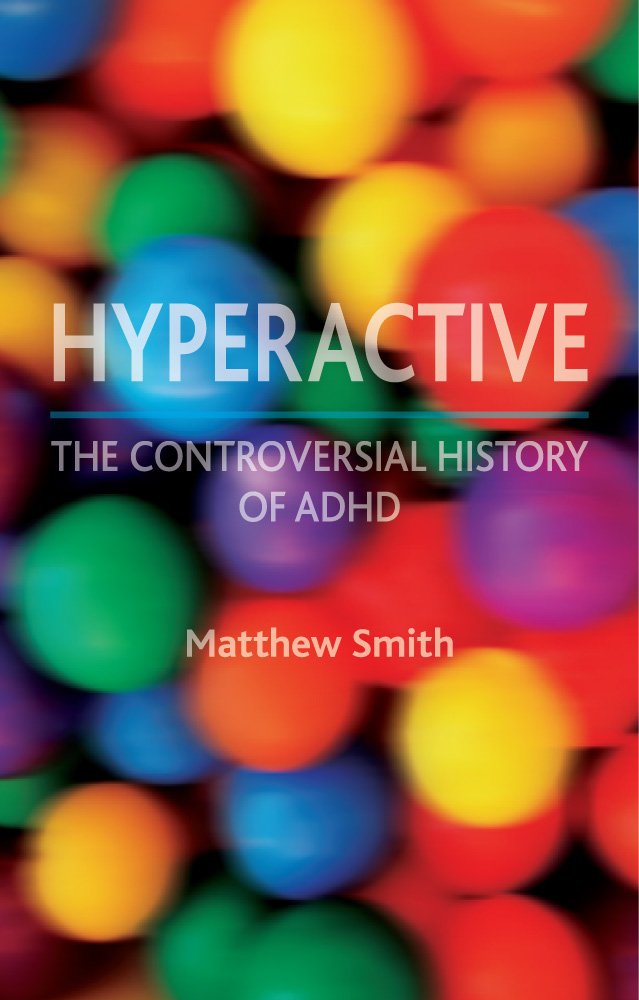
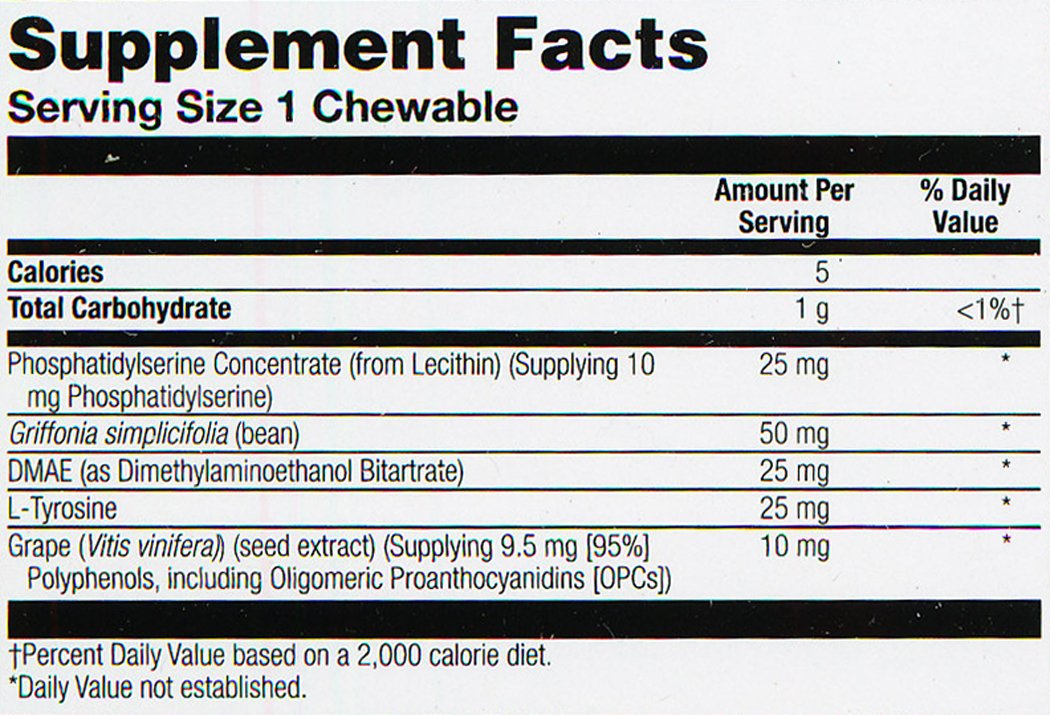
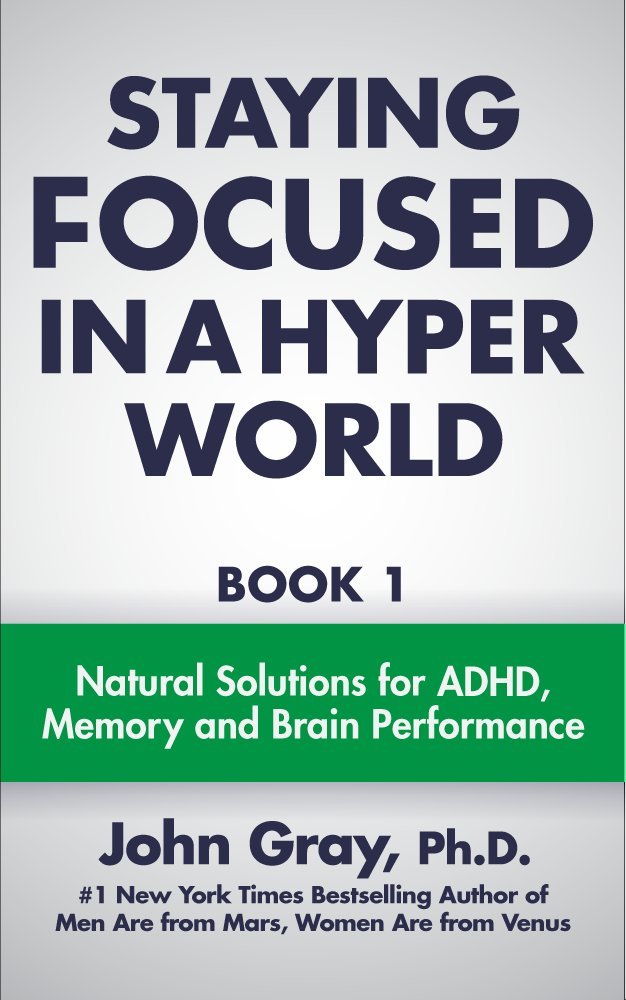
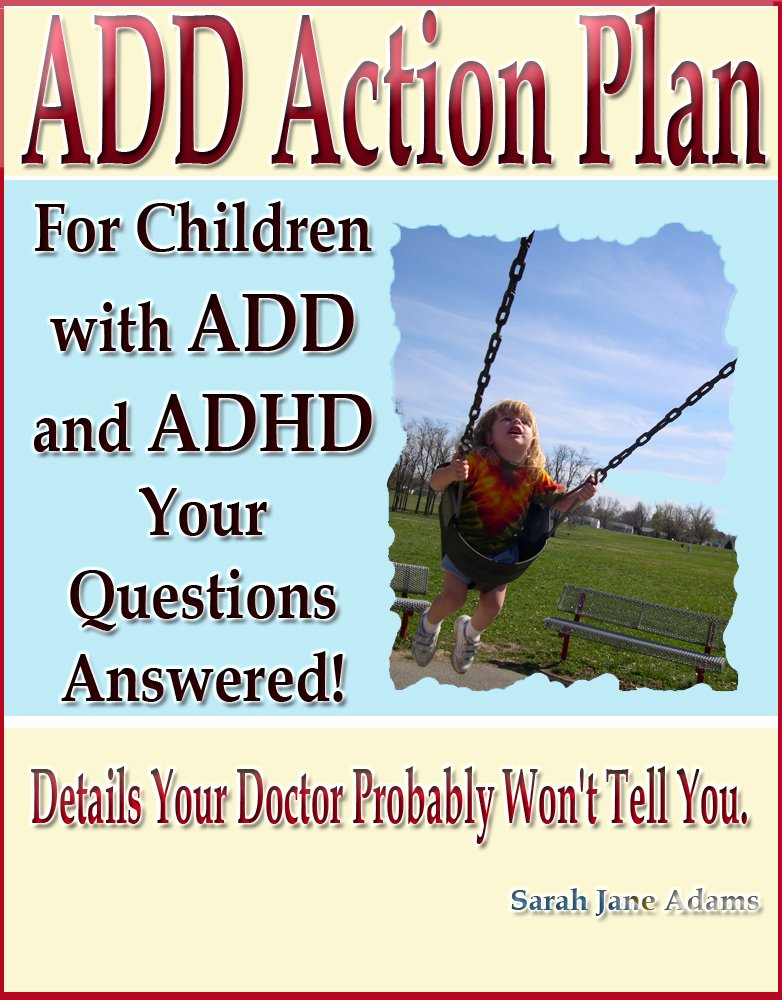
EmoticonEmoticon